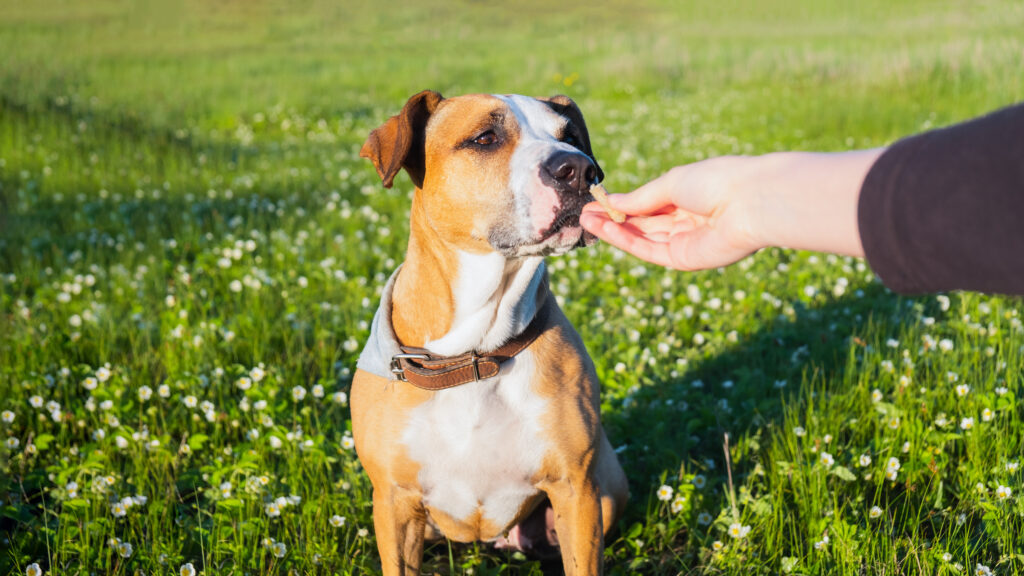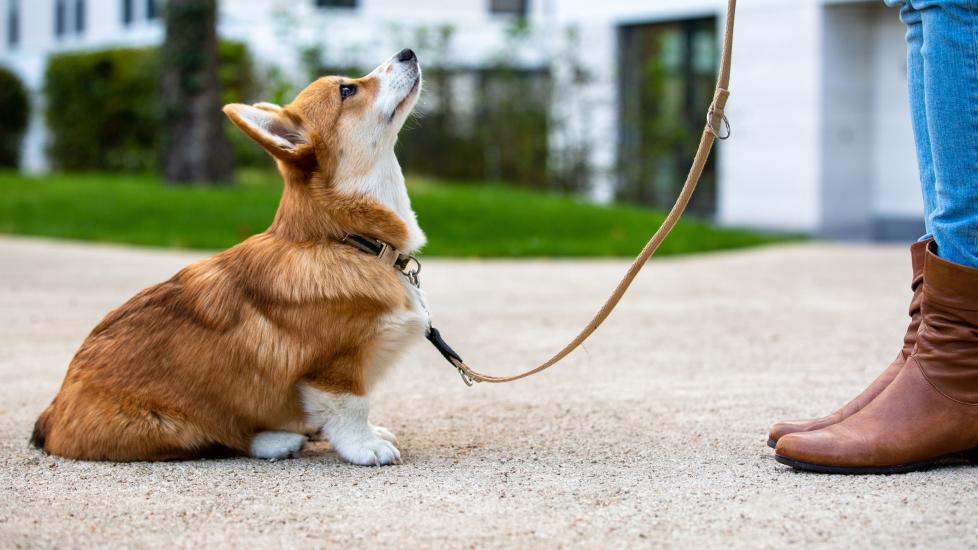
Understanding Dog Reactivity Towards Other Animals: A Comprehensive Guide for Pet Owners
Share
Managing dog reactivity towards other animals can be both challenging and crucial for a harmonious home. Being a responsible pet owner means recognizing and addressing your dog's behavior to foster peaceful interactions with other animals. The first step toward effective management is a thorough understanding of this behavior.

Identifying Signs of Reactivity in Dogs
When dogs encounter other animals, their reactions can vary widely. Common signs include barking, lunging, or growling. Spotting these signs early is vital in preventing situations that could escalate into aggression.
Exploring the Causes of Dog Reactivity Towards Other Animals
Multiple factors might influence why a dog exhibits reactivity towards other animals. These responses can be linked to fear, anxiety, or insufficient socialization. Understanding these underlying issues will enable you to create a focused plan that meets your dog's unique needs. Some dogs may act out of territorial instincts, while others may be triggered by negative past experiences.
Fear and Anxiety
Fear often plays a significant role in a dog's reactivity. Dogs who have faced negative encounters with other animals may demonstrate anxiety-driven responses to protect themselves. Addressing this kind of reaction requires a thoughtful and empathetic approach.
Lack of Socialization
A dog that has been properly socialized is less likely to react negatively when meeting other animals. Effective socialization involves positive exposure to various animals and environments during key developmental phases. If a dog misses out on this crucial socialization as a puppy, it may react out of fear or confusion in unfamiliar situations.
Effective Strategies to Manage and Diminish Reactivity
Implementing appropriate management strategies can lead to a noticeable reduction in your dog's reactivity over time. These strategies may involve training sessions, behavior modification techniques, and professional assistance when needed.
Utilizing Behavior Modification Techniques
Behavior modification can be a highly effective method for reducing reactivity. This approach entails gradually introducing your dog to other animals in a controlled setting while using positive reinforcement to encourage calm and relaxed behavior.
Hiring Professional Trainers
Handling reactive behavior on your own can sometimes feel overwhelming. Professional trainers, particularly those associated with the AKC, can provide customized guidance and structured training programs designed to address specific behavioral issues.
Promoting a Health-Conscious Lifestyle
As a pet owner, it's essential to support your dog's health through proper nutrition, regular exercise, and mental stimulation, all of which can help mitigate reactivity. A dog's overall physical condition greatly influences its responses to environmental stimuli.
Conclusion: The Path to Calmness and Harmony
Taking proactive steps to manage dog reactivity towards other animals requires patience and commitment. Each action taken to understand and address this behavior leads to a happier, healthier, and more harmonious relationship with your furry companion.

Frequently Asked Questions
How can I tell if my dog is reactive?
Look for patterns such as excessive barking, growling, or noticeable changes in behavior when encountering other animals.
Can reactivity be completely resolved?
While it may not always be entirely eliminated, consistent training and management strategies can often lead to significant reduction in reactivity.
Is it too late to train my older dog?
No, dogs of all ages can benefit from training. The key is to be consistent and tailor the approach to your dog's specific needs.
For more insights, check out the top training tips. Additionally, if you're curious about other animal care topics, see our articles on Appaloosa costs, cheap horse breeds, noseband fitting, reins placement, and saddle fitting.
This article contains affiliate links. We may earn a commission at no extra cost to you.
